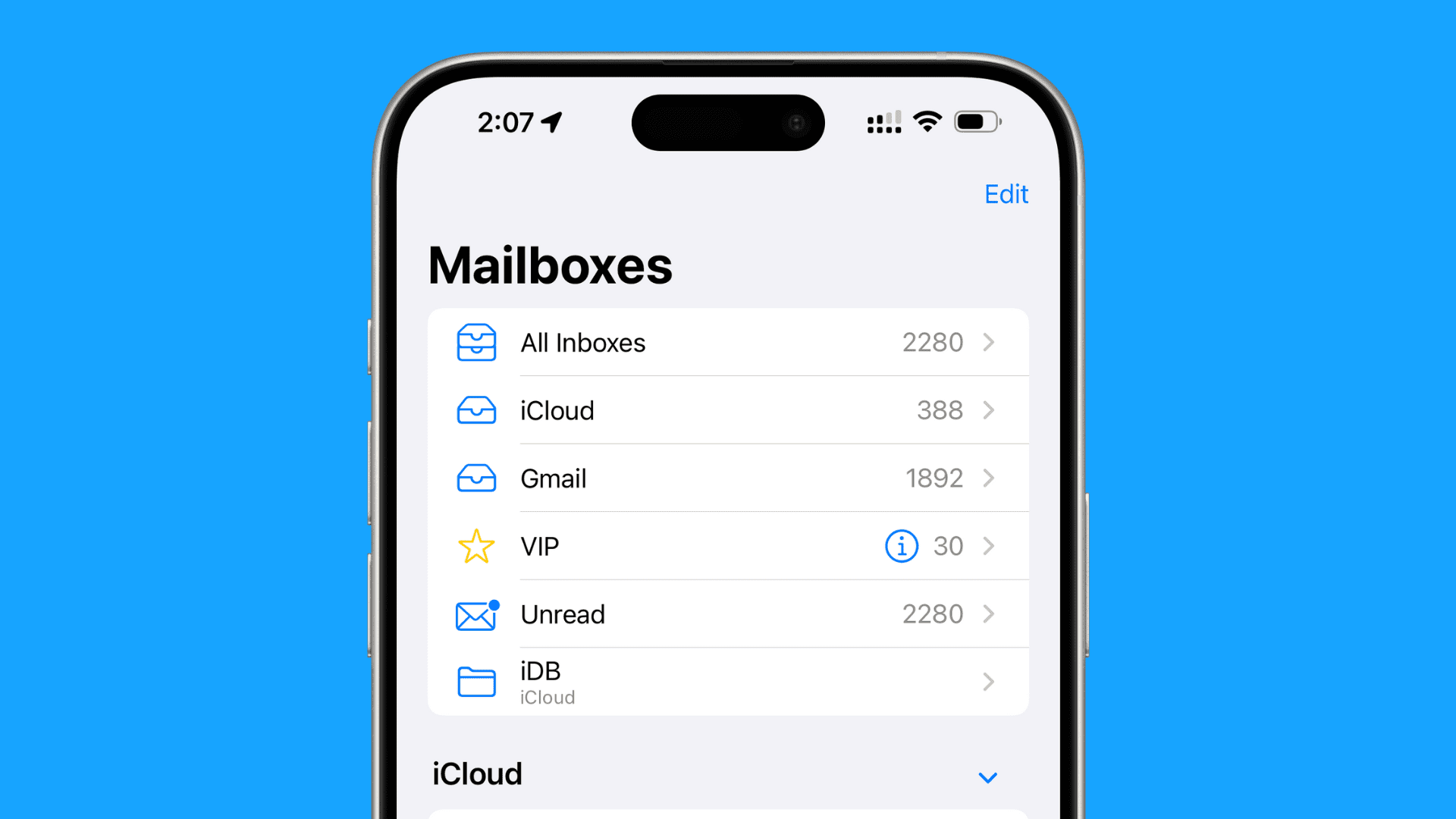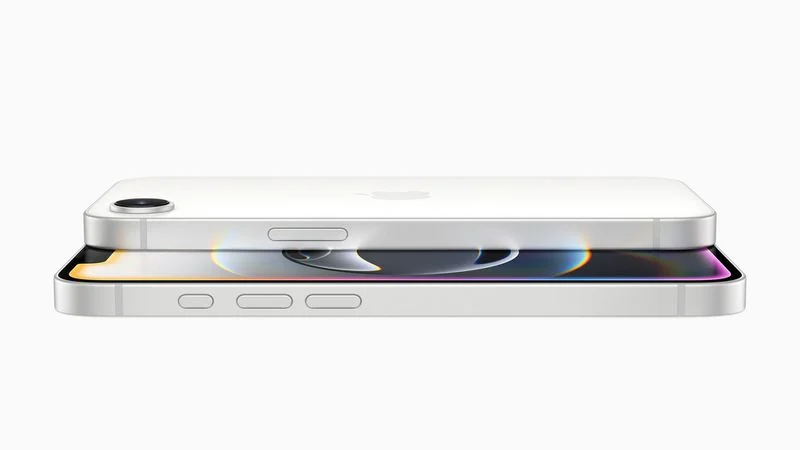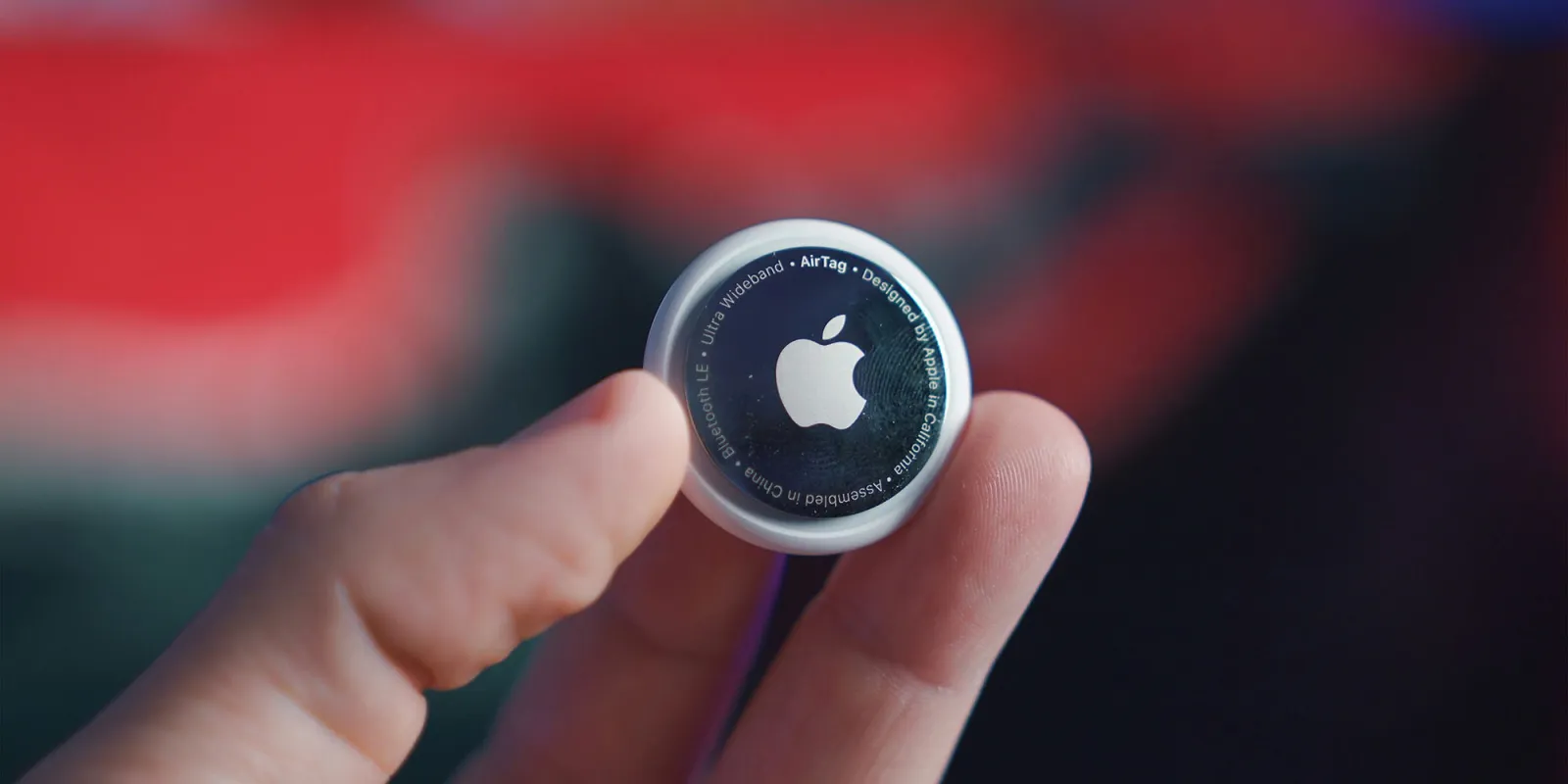Apple rolled out the iOS 18.4 beta on Friday, bringing some fresh and exciting updates. Among them are Priority Notifications powered by Apple Intelligence, a new Food category in the Apple News app, and a few other goodies. But there’s one smaller tweak that didn’t grab much attention—a change to CarPlay, especially for cars with bigger screens.
A user named Jace noticed on Threads that CarPlay in iOS 18.4 now shows three rows of app icons instead of just two. This update makes better use of larger car screens, giving you more apps at a glance. Not every car gets this upgrade, though. The extra row only pops up on bigger displays, but it’s not clear exactly how big the screen needs to be.
For example, MacRumors pointed out that it works on the Toyota Tundra, which can have a screen up to 14 inches. So, if your car’s screen is on the smaller side, you might not see this change yet. This update is a big win for drivers. Car screens keep getting larger, but CarPlay hasn’t always kept up, leaving some space on the display.
With CarPlay 2 still not here, this fix is a nice in-between solution. It makes things more convenient, especially for people with big screens, by showing more apps at once. That means less swiping through home screen pages while you’re on the road. Overall, it’s a simple but smart move by Apple. For those with the right setup, it makes using CarPlay feel smoother and less cluttered.





